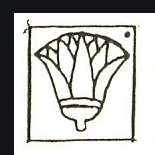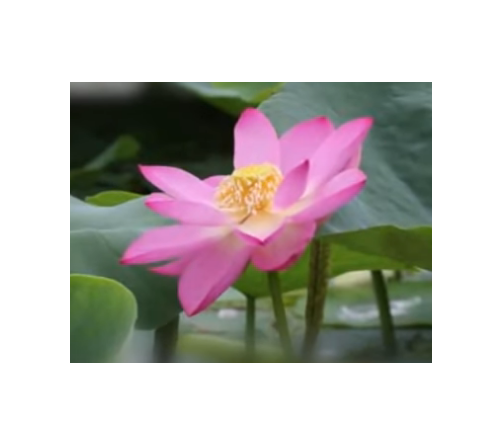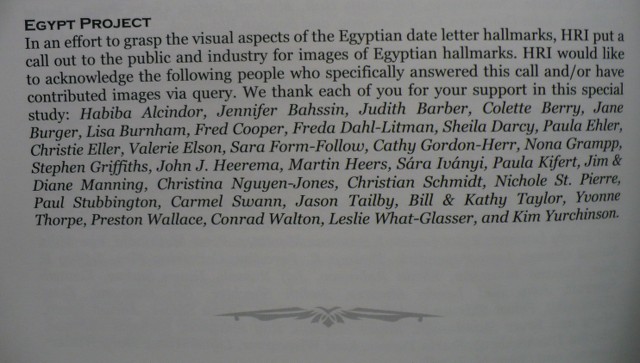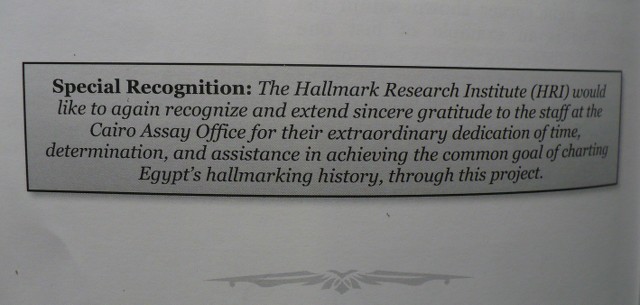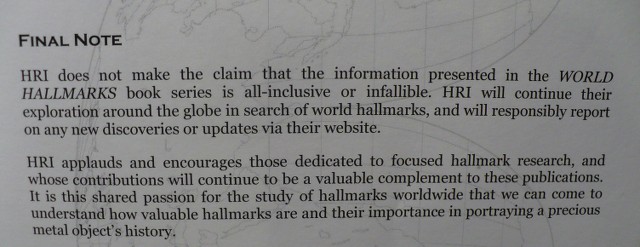Qrt.S wrote:For the records:
The given 925-link states that it is a lotus flower, which is incorrect. The Egyptian control mark is actually a stylized papyrus flower since 1940. The lotus flower resembles a water lily.
https://en.wikipedia.org/wiki/Cyperus_papyrus
Nonsens Qrt.S, why no source mentioned?
For the record:
Egypt silver hallmarks 1916 to date.
The first silver hallmark of this period was represented by the core image of an Egyptian
temple cat. Beginning in 1913, the first cat hallmark was in a semi-arched frame-shape with the cat's tail down. Just a few years later in 1916, laws were passed and the frame-shape was adjusted to a square with cut- corners. The core image of the standing Egyptian
cat turned in direction to facing left with raised tail.
In October 1946, the core image for silver was changed to the
Nymphaealotus lotus flower blossom. The lotus flower has ever since represented the Egyptian national country hallmark for silver. Over the years, there have been variations to the lotus design.
In ancient times the Egyptian lotus was worshiped, especially in Egypt. It was considered a symbol of creation there. In Ancient Greece, it was a symbol of innocence and modesty.The Egyptian lotus is the national flower of Egypt.
https://en.wikipedia.org/wiki/Nymphaea_lotus
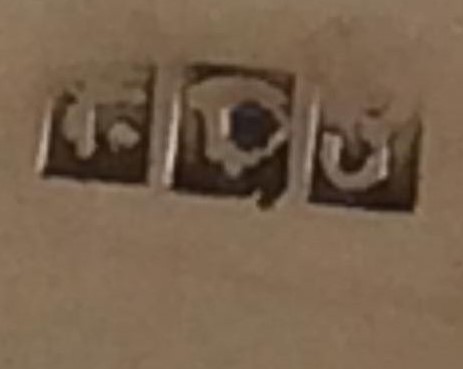
From left to right:
assay office identifier-Cairo, above fineness mark = 90% ٩٠,
the Lotus Flower. The year letter could be a variation of de Arabic letter
ص used Januari 1965-Januari 1968
Peter.
Source;
Hallmarks Research Institute World Hallmarks Volume II Asia, Middle East, Africa



